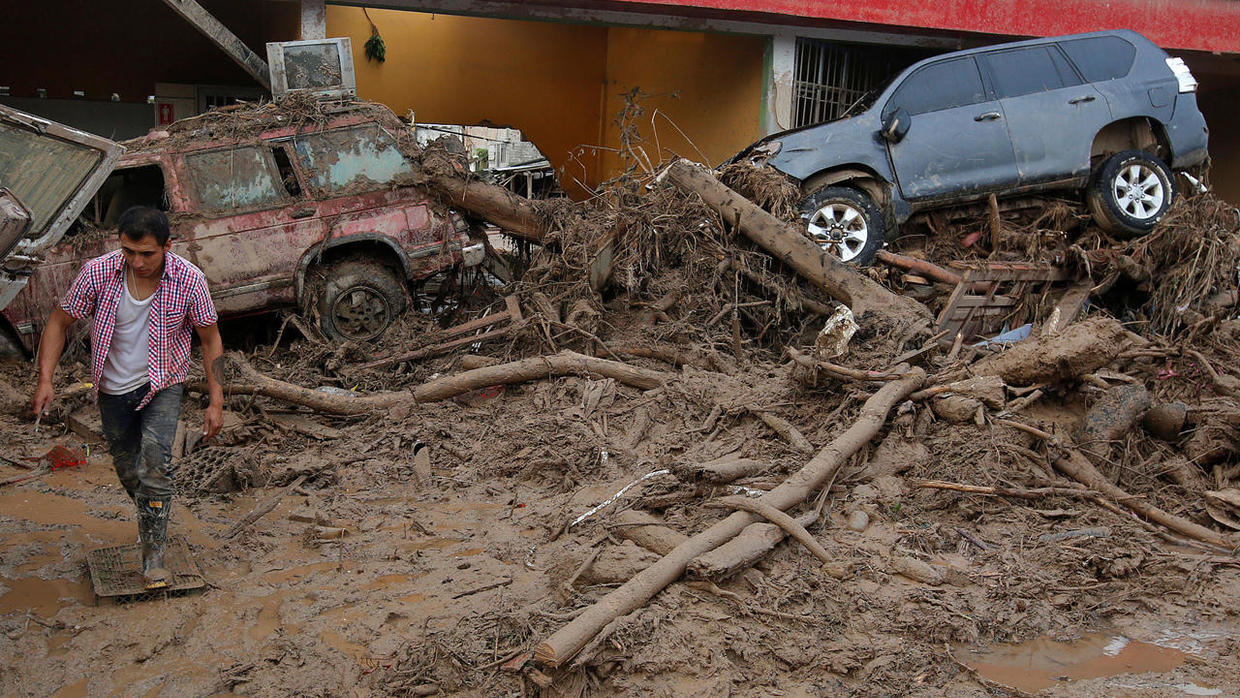
It was then that she saw her neighbours up the road calling her. At about 11 am it finally got a bit better, but it was still raining pretty hard.” It felt like the longest time of my life. “Very strong wind gusts would come and go for hours and hours, and all I could think was ‘ please God make it stop, it’s been too long, please stop’. And even after sunrise, the hurricane let barely any light come through. It was the longest night Providencia had ever experienced. If it had broken, that would’ve been it for me.” “Every time I would hear loud bangs, I would point my flashlight towards the tree. She spent over 10 hours sitting in her golf cart hoping that the wall next to it and a big pine tree would hold up. I was completely soaked, and I just sat there.” I made it just where I had parked my Mula. “It was raining very hard I almost couldn’t make it out of my house because the wind wouldn’t let me open the door. Her immediate reaction was to get out of the house, a decision that looking back now was definitely the best one, she says, because not only the roof but most of the walls of her house collapsed in the darkness under the force of the pounding rains and the wind. Cano recalls now, adding that minutes later she heard two loud bangs from her guestroom and saw water pouring down the walls.

That’s when I realized that part of my roof had flown away,” Ms. “I stood up and noticed that my ceiling lights looked as if they were higher than usual. Power and communication were shortly lost. This turned out to be wind gusts of over 155 miles an hour tearing across the island. She was at her home sleeping when at around midnight, she started hearing strange noises. Our people say that the hurricane came with the devil because the sound was so strange and scary,” recalls Marcela Cano, a biologist and long-time resident who has made it her life’s work to preserve Providencia’s environmental treasures.īut that night, she would spend hours fighting to survive the storm. Map showing the path of Hurricane Iota over the Caribbean in 2020. Its 6,000 inhabitants will never forget the night of November 16 th, when Iota, the last and strongest hurricane of the 2020 Atlantic storm season- deemed then a Category 5* - decimated their beloved land. However, as with all islands in the world, Providencia’s unique natural treasures are highly threatened by climate change and sea level rise, threats that are not ‘theories’ looming on the horizon, but that are instead terrible facts already impacting every facet of life there.

The diversity of marine ecosystems and surrounding natural wonders, including the yearly spectacle of thousands of rare black crabs descending from the mountains and heading to the sea to lay their eggs, and one of the world’s largest barrier reefs, which supports a stunning array of marine life, has led to its declaration as part of the Seaflower UNESCO Biosphere Reserve. The mountainous Colombian island of Providencia – which lies midway in the extension of the Caribbean Sea that separates Costa Rica and Jamaica – is home to stunning colours of the sea, lush underwater landscapes, extensive mangrove forests, and even tropical dry forests.


 0 kommentar(er)
0 kommentar(er)
